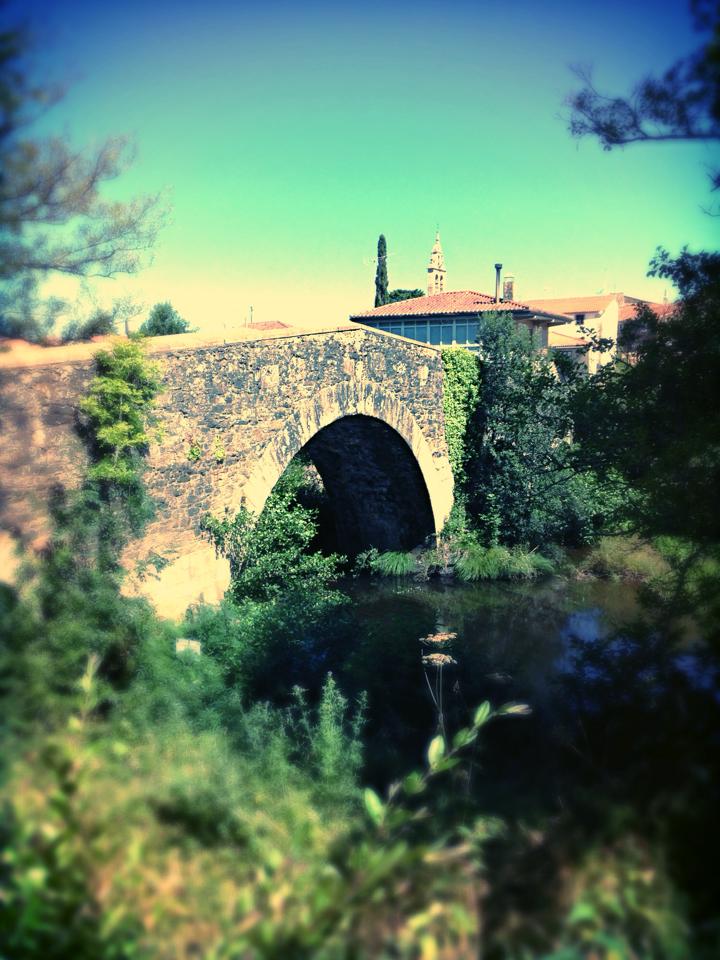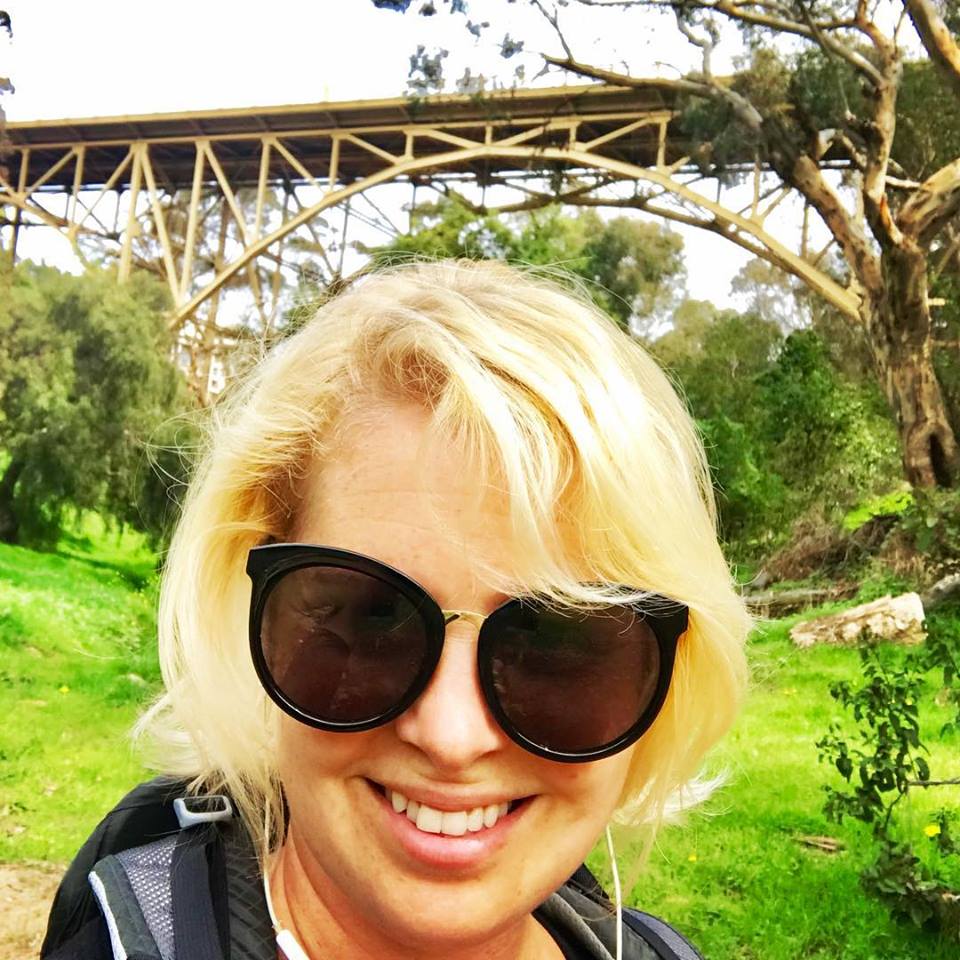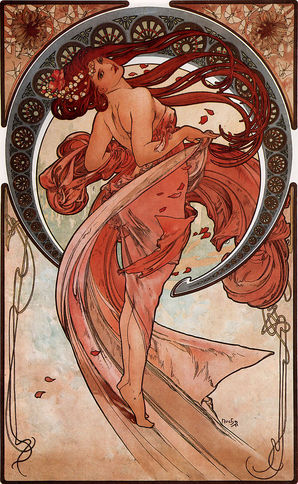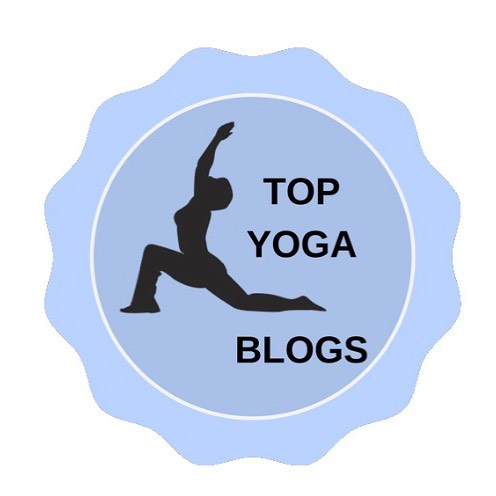|
Have you ever felt suspension...hanging or floating, waiting for an action or response? Did this instability and movement bring feelings of anxiety or excitement? When you approach an obstacle in your life, how do you choose to accept this bump in the path? Are you frozen with fear, or joyful with curiosity? A simple suspension bridge is a primitive type of bridge that is supported entirely from anchors at either end, leaving the center floating and susceptible to movement and sway. This type of bridge is considered the most efficient and sustainable design in developing countries like Nepal. While crossing the seven iconic suspension bridges, along the Everest Base Camp Trek, I noticed a variety of reactions to this part of the journey. Some people were clutching to the side wire with dizzying expressions. At the sight of an upcoming bridge, dread would begin to bead and surface in the form of sweat across their brow. “Not another one!!!” they would exclaim. Slow shaky step after another, it would take all their willpower and concentration to inch their way to the other side. However, I felt a surge of excitement and wonder every time a bridge approached. I would feel like Indiana Jones running off on another adventure into a special place with ancient secrets. Each step had a bounce and jiggle on this wobbly terrain. I was so filled with joy that I would shake my hips from side to side, rhythmically stepping, as if dancing. When we tap into our inner source of power and trust, the world can be our playground and the bridges, or obstacles, will follow our lead. A bridge is a structure that carries a path across an obstacle. It is also something that is intended to reconcile or form a connection between two things, a means of connection or transition. “I like to see myself as a bridge builder. Bridges, by their very nature, ease the passage from one side to another. They symbolize union. Yoga is union, bridging our little self with our Higher Self. By practicing yoga asanas (poses), I bridge awareness into what is happening in my physical, emotional, mental, and spiritual bodies. Sometimes I notice that I slide into a separation perspective of the ego, but then I rise again into a united perspective of oneness. Bridge Pose is a reminder to focus on all of the parts in our body coming together as one. In Sanskrit, Setu Bandhasana is pronounced as SAY-tuh-bun-DHAHS-ana translates to bridge lock posture. It stretches the neck, chest, and spine and strengthens the lower back, glutes and quads. The opening of the chest brings an increase in the lung capacity. This backbend is a significant way to find stillness, strength, and surrender of the Higher Self while reducing depression, stress, and anxiety (associated with our ego). Considered a mild inversion, physically, this pose can give your relief from insomnia, headaches, asthma, high blood pressure, menstrual pain, thyroid problems, and digestive issues. After a physical warm up, lay on your back with your knees bend and heels aligned, just a few inches from your hips. Parallel the outer edges of your feet with the mat and keep your knees tracking in line with your second toes. Roll your shoulder blades underneath you and away from your ears and lift your chin. Squeeze your glutes and lift your hips six to twelve inches off of the ground. Send your tailbone towards your knees and engage your core to protect the vertebrae in your lower spine. Hands can press into the mat on each side of your hips, lift up to the sky in robot right-angled position, grip the edges of your yoga mat, or clasp together underneath you for a deep shoulder opening. Take seven to ten slow deep breaths as you bridge your mental and spiritual awareness to all of this healing oxygen connecting life force energy crossing over to your physical and emotional body. Then, gently rest your hips back down on the earth. You can also make this a restorative posture to relieve tension in your lower back and nervous system by placing a yoga block, at the medium or low height, just behind your tailbone. “Life is the love that reaches out, Bridges on the Spiritual Trekking AdventureAlong the Camino de Santiago, we cross many historic bridges that have aided pilgrims, in crossing obstacles, for hundred of years. This Meditative Yoga Pilgrimage not only connects our mind, body, and spirit, but also connects us to the many souls that walked this route before. Pythagoras states, “Favor the walking stick of experience over the speeding cart of fortune. The philosopher travels on foot.” The bridges along this route are made of all types of materials, from different eras, and were built with different motivations. Some are centennial, even millennial, others more modern. Some are more or less preserved, totally deteriorated, or restored in their entirety. However, each bridge shares one common denominator: to facilitate the passage for pilgrims. “Bridges become frames for looking at the world around us.” By observing these bridges, we are able to appreciate the value, meaning, and symbolism that they encompass. They have been and are a symbol of union, bond, relationship, and communication. The extraordinary bridge that connects Puente de Órbigo (on the East bank) with Hospital de Órbigo (on the west bank) is the site of one of the camino's charming tales of a knight who was trying to prove his worth to his love. He challenged every pilgrim who wanted to cross the bridge with a jousting competition. Those who refused had to wade through the Orbigo River. Puente de Órbigo, Spain “Choose a leader who will invest in building bridges, not walls. SEven Bridges WalkJoin me on a pilgrimage through San Diego’s uptown 7 Bridges Walk this Saturday, March 24th 12-3pm, as a preview of the Meditative Yoga Pilgrimage this summer in Spain! This is your chance to ask questions, test out new boots, the weight of your pack, and explore some yoga and meditation along the way. Please message me or RSVP here. We will begin at Cabrillo Bridge, which used to span a small lake (now it spans the 163 highway) during the 1915 Panama-California Exposition. Walkers, bicyclists, and drivers share this bridge with antique gas-lamps, views of the cityscape, and the welcoming California Dome and Tower. The Cabrillo Bridge, provides connection and transition between Balboa Park and the Uptown area of San Diego. Primarily intended as a pedestrian pathway to the 1915 Exposition, it is nearly 1,500 feet long and nearly 125 feet high. The seven arches are each 56 feet across and are supported by fourteen hollow concrete pillars. After strolling through the central square of this gorgeous city park, we will cross over the second bridge connecting the museums to the cactus and rose gardens. The third bridge on Georgia street is under construction, but on our way to the most interesting and contemporary bridge of them all, Vermont St. Bridge, built in 1995 with words of inspiration cut into the railings and definitions of bridge stamped into the cement. It savors the words of our beloved naturalist, Kate Sessions, that planted thousands of exotic trees in San Diego from seeds that she gathered around the world, "I am thankful that I wear comfortable shoes and walk with comfort all day long." Of course, my favorite bridge is the Spruce Street Suspension Bridge that spans a hidden lush Kate Sessions Canyon and is the only bridge of its kind in the county. JoAnna and I were having fun with creating wave-like movement and we danced to hold our balance. Next, one of few remaining wooden trestle pedestrian bridges in San Diego, Quince St. Bridge, built in 1905, was designed by city engineer (and Bankers Hill resident) George A. d’Hemecourt to allow residents better access to the Fourth Avenue trolley line. I love the book-share box at the end. Finally, the First Ave. Bridge (the only steel-arch bridge in the city) was built in 1931, shipped to San Diego to be reassembled in place. This bridge offers spectacular views of the bay and Point Loma. "The purpose of my work was never to destroy but always to create,
1 Comment
|
Hannah Faulkner
|
































 RSS Feed
RSS Feed